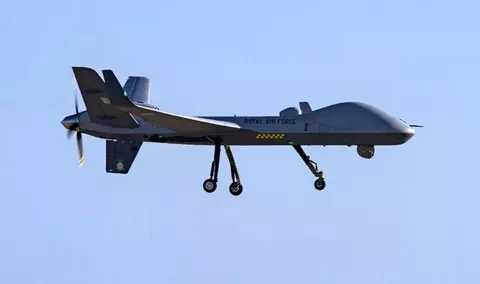The Royal Air Force (RAF) is advancing its drone capabilities with the introduction of the Protector RG1, a next-generation Medium Altitude Long Endurance (MALE) Unmanned Aerial Vehicle (UAV). Designed to replace the MQ-9 Reaper, the Protector RG1 will enhance the RAF's intelligence, surveillance, and reconnaissance (ISR) missions.
Key Features of the Protector RG1
- *Advanced Sensors*: Equipped with state-of-the-art sensors for enhanced ISR capabilities
- *Weaponry*: Capable of carrying Brimstone missiles and Paveway IV precision-guided bombs
- *Long Endurance*: Can stay airborne for over 40 hours, providing persistent surveillance and reconnaissance
Delayed Introduction
Although initially planned for introduction by the end of the 2010s, the Protector RG1's deployment has been delayed, with the first aircraft expected to enter service in the mid-2020s. This delay is part of a broader pattern in the RAF's drone procurement process, influenced by factors such as technological development and budget constraints ¹.
RAF's Drone Strategy
The RAF's drone strategy is backed by significant investment, with £4.5 billion allocated over the next decade to accelerate access to uncrewed systems. This strategy aims to ²:
- *Enhance Capabilities*: Rapidly equip personnel with critical intelligence, surveillance, strike, and logistical capabilities
- *Foster Innovation*: Encourage industry partnerships to drive innovation and generate world-leading capabilities
- *Support Global Operations*: Leverage drones to support global operations and enhance situational awareness
Future Developments
The RAF is also exploring the potential of swarming drones, which could revolutionize the way the military approaches combat operations. With its commitment to investing in drone technology, the RAF is poised to remain a leader in this field ¹.




